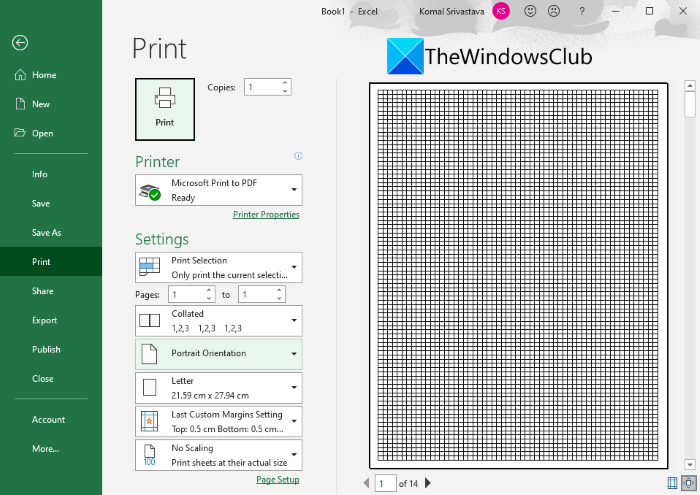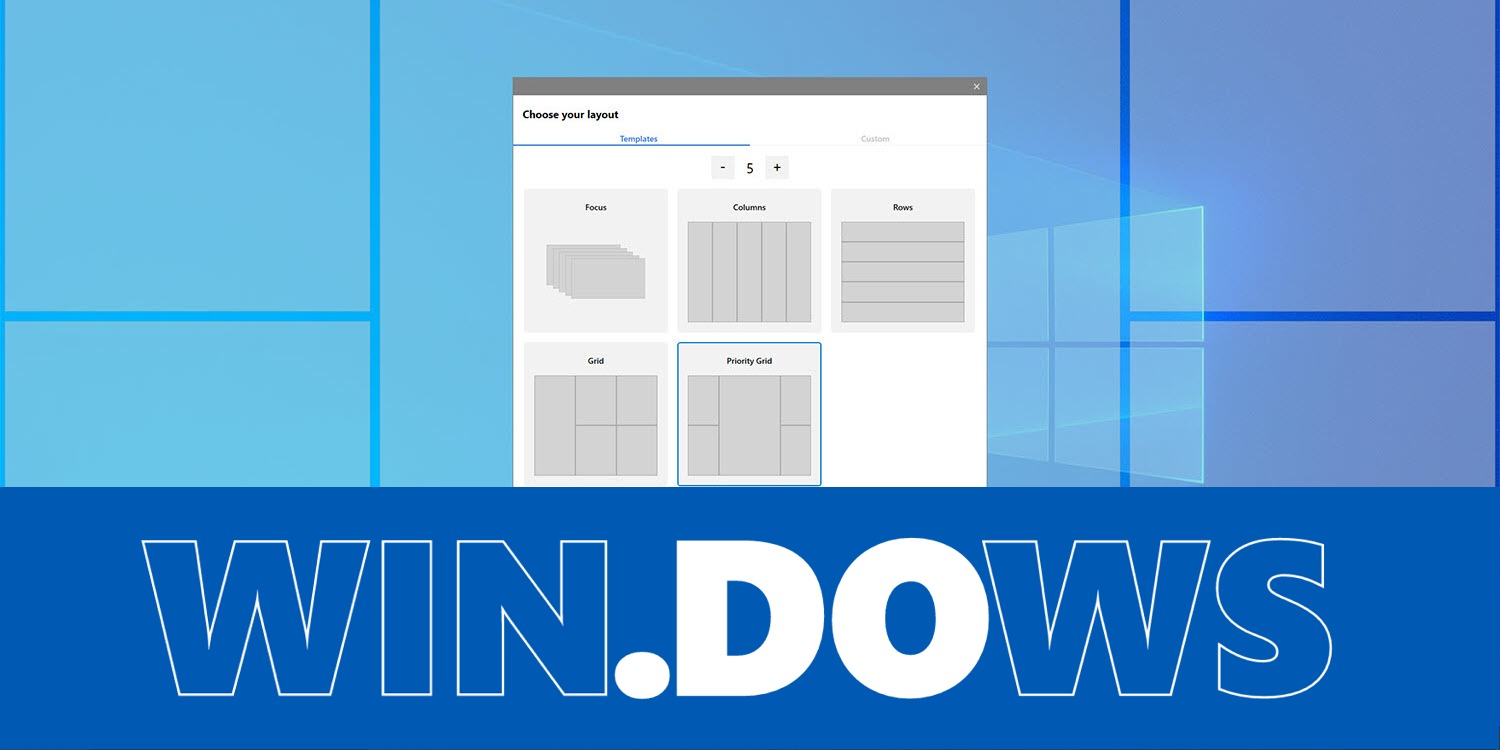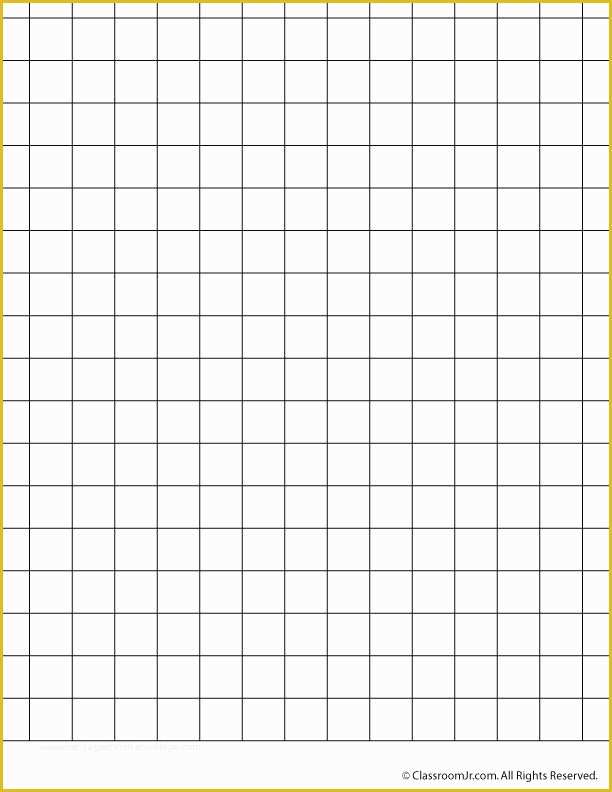

With a bit of practice, the grids can become a very good friend for drawing quick buildings or urban landscapes. The following exercises will help you to sketch basic structures with the perspective grids, and align your eye and sketching with the structure enforced by each grid type. When you're drawing an object, think about drawing each plane of the object, instead - this will help you to visualize your object's volume easier within the grid.
#Windows grid paper full
But really these lines represent the full directional plane extending from your eyes to the horizon line. If you added a third dimension to the two mentioned above, it would angle perpendicularly to both the first two planes (think X, Y and Z axis).ĭrawing Tip: When you're looking at perspective grids, it's easy to see just the lines. Imagine two pieces of paper criss-crossing at a full length or edge. As you are a single viewer with options to focus on two separate points on the horizon line, these two corresponding planes would intersect with a vertical line where you stand.

Two planes could either run parallel or intersect at a line. An area with only one plane would appear as flimsy as a piece of paper. If you were to visualize a plane, it would be completely flat. The fourth image shows how dynamic the image becomes when you angle the horizon line. If you want help setting up your grids first in Concepts, check out this tutorial here.Ī perspective grid is a drawing framework that combines a horizon line (a horizontal line representing your field of vision), orthogonal grid lines (lines that "vanish" into a focal point), at least one vanishing point (a point on the horizon line where all lines converge), and at least one corresponding plane (a surface that you, the viewer, see as represented by the grid lines).ġ-point, 2-point and 3-point perspective grids showing their vanishing points and corresponding planes of reference.
#Windows grid paper how to
Here are some simple exercises to help you understand how to use 1-point, 2-point and 3-point perspective grids to sketch structures. That's what they're there for, but at the same time, you need to get used to drawing in line with this 2D/3D system, and train your hand and eye to work through the visual tricks of the paper wormhole.

The view is so realistic, they draw your eye straight to the focus point aka vanishing point at the "far end" of the paper, and you're drawn right into the third dimension. Perspective grids create a 3-dimensional framework on a 2D surface. Different grids can help you to sketch different views - for example, a square grid offers instant metric visualization, an isometric view shifts a workspace to a 30 degree angle, while a dot grid can provide loose frameworks for connecting the dots between ideas (pun slightly intended). The printer starts the color printing or the black & white printing depending on the selected form.A grid is a framework to help you conceptualize and structure your ideas. In this case, select on the upper left on the LCD to check the message and change the setting.

If it is selected, and Error details are displayed on the LCD. Select the page size depending on the loaded paper.ĭepending on the form, some setting of page size cannot be specified.


 0 kommentar(er)
0 kommentar(er)
